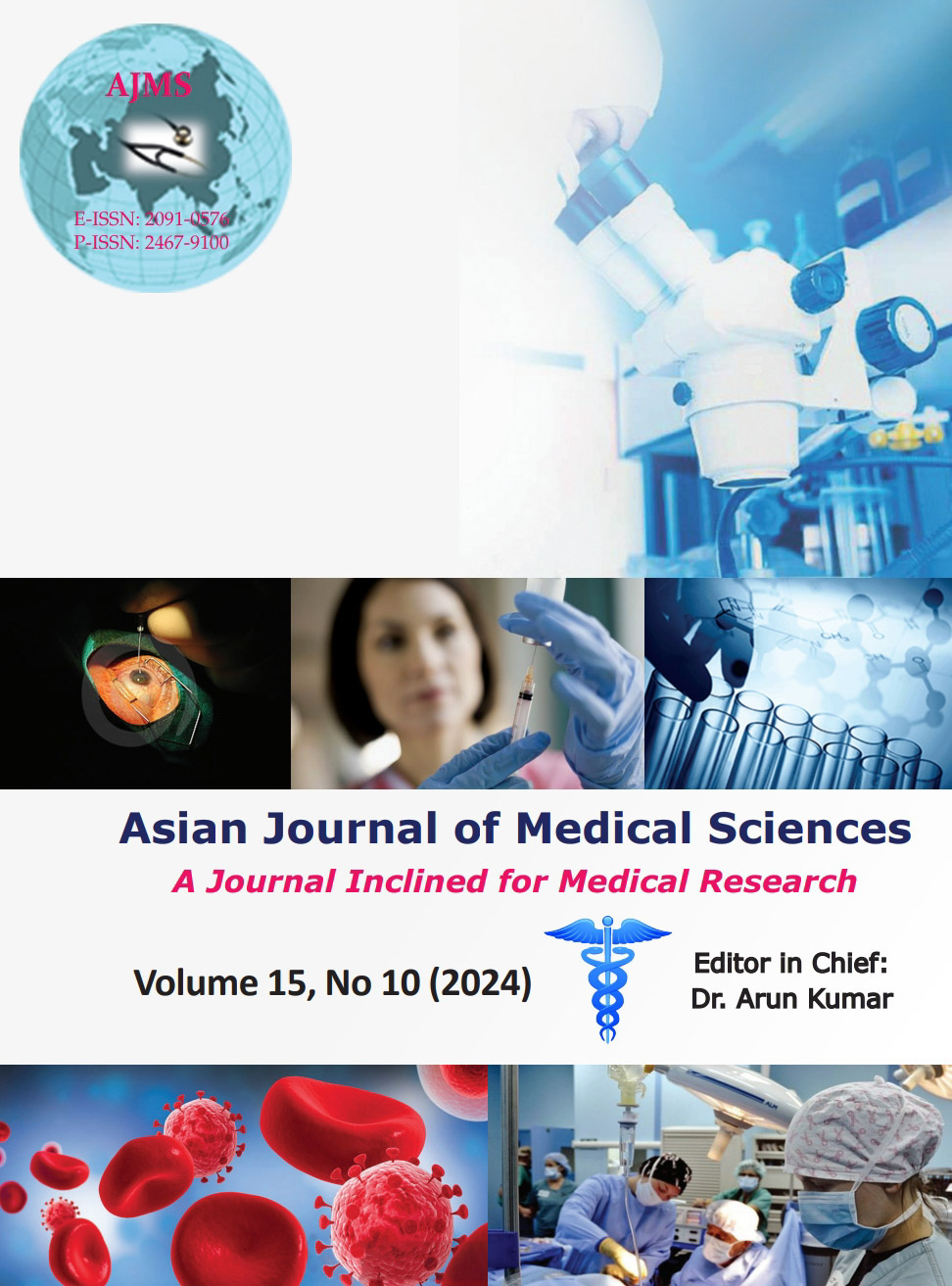Comparison of oral pre-medication with clonidine and metoprolol on intraoperative hemodynamics and surgical conditions during functional endoscopic sinus surgery
Keywords:
Functional endoscopic sinus surgery; Controlled hypotension; Clonidine; MetoprololAbstract
Background: Functional endoscopic sinus surgery (FESS) is one of the most performed surgical procedures and requires minimal bleeding during the procedure. The success of surgeries is largely dependent on the surgical field, where the presence of significant bleeding is an important factor.
Aims and Objectives: The objectives of this study were to evaluate the clinical efficacy of oral clonidine and metoprolol following their pre-medication for induced hypotension during FESS and to assess hemodynamic stability, surgical field quality, and sedation score.
Materials and Methods: This is an observational hospital-based study conducted on 60 patients, aged 18–60 years old for FESS assigned by randomization method in two groups including clonidine or metoprolol. Heart rate (HR) and arterial blood pressure are measured after induction, during and end of the surgery. Assessment of bleeding was done by a surgeon who was blinded. Surgical field quality, satisfaction level of the surgeon, Aldrete score, and any side effects were observed.
Results: There was no significant difference seen in HR in patients of Group C and Group M in the pre-operative period, after loading the dose of the drug, at extubation (P>0.05). A significant difference was seen in HR with lower mean values in Group C compared to Group M after induction (77.23±12.23), 10 min after induction (69.47±11.99), 20 min after induction (65.63±8.66), 30 min after induction (64±8.32), 40 min after induction (63.77±7.61), and 60 min after induction (63.63±7.89). A significant difference was seen in blood pressure, after loading the dose of the drug, after induction, during surgery monitored every 10 min, at extubation, after extubation monitored every hour for 6 h. Quality of surgical field and surgeon’s satisfaction was better in patients who received clonidine than in those who received metoprolol.
Conclusion: Both clonidine and metoprolol can be effectively used for induced hypotension in FESS. Clonidine is better than metoprolol with respect to intraoperative hemodynamics, quality of the surgical field, and surgeon’s satisfaction with the added advantage of sedation, reduced analgesia requirement, and other anesthetic drugs.
Downloads
Downloads
Published
How to Cite
Issue
Section
License
Copyright (c) 2024 Asian Journal of Medical Sciences

This work is licensed under a Creative Commons Attribution-NonCommercial 4.0 International License.
Authors who publish with this journal agree to the following terms:
- The journal holds copyright and publishes the work under a Creative Commons CC-BY-NC license that permits use, distribution and reprduction in any medium, provided the original work is properly cited and is not used for commercial purposes. The journal should be recognised as the original publisher of this work.
- Authors are able to enter into separate, additional contractual arrangements for the non-exclusive distribution of the journal's published version of the work (e.g., post it to an institutional repository or publish it in a book), with an acknowledgement of its initial publication in this journal.
- Authors are permitted and encouraged to post their work online (e.g., in institutional repositories or on their website) prior to and during the submission process, as it can lead to productive exchanges, as well as earlier and greater citation of published work (See The Effect of Open Access).




